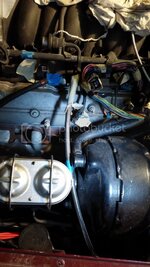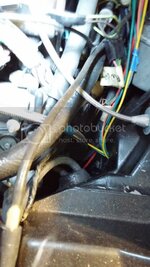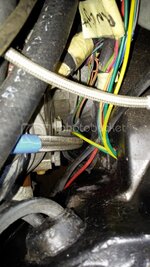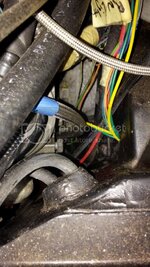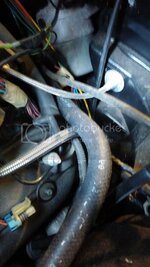greg75vette
The Traffic Baron
Yeah that's up there, but they are easy to install. I'll have to weigh out the options. I wouldn't have buy a tubing flare tool, for one.
Oh alright. That explains it. I planned on having the hard line a single piece and the filter right before entering the hard line. However, that isn't a bad idea with what you did.
I think I'll have to talk to my local speed shop because I can't seem to find fittings that work directly with hard line SS tubing. The ones I found on summit all crimp onto Al tubing.
I'm starting to think I'll just run hose the whole length for simplicity reasons. I'm starting to lose it :banghead:
Where if you get this info from?All braided lines are PTFE (Teflon) lined which requires a special hose end used; Steel instead of aluminum.
Where if you get this info from?All braided lines are PTFE (Teflon) lined which requires a special hose end used; Steel instead of aluminum.
I've been sold PTFE lined hose and aluminum fitting purposely designed for such hose, from the same vendor.
Between the vendor and you someone is wrong, I hope his you :twitch::lol:
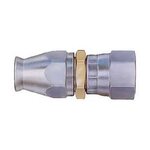
aluminum fittings should be fine, why wouldn't they ?
anti seize is always a good idea, very few exceptions like strut rod ends (the adjustable ones) and control arm shaft bushing bolts ... that said, i installed my AN fittings dry... no seized threads and no leaks....but if i did it again i would use lubrication on the threads and even on the conical sealing surfaces
use what you like but Aeroquip recommends rubber lined hose for fuel not Teflon lined, as to hose ends (fittings) all the AQP hose ends for Teflon lined hose are steel with a replaceable sleeve....
http://www.youblisher.com/p/3647-Eaton-Aeroquip-Racing-High-Performance-Catalog/
